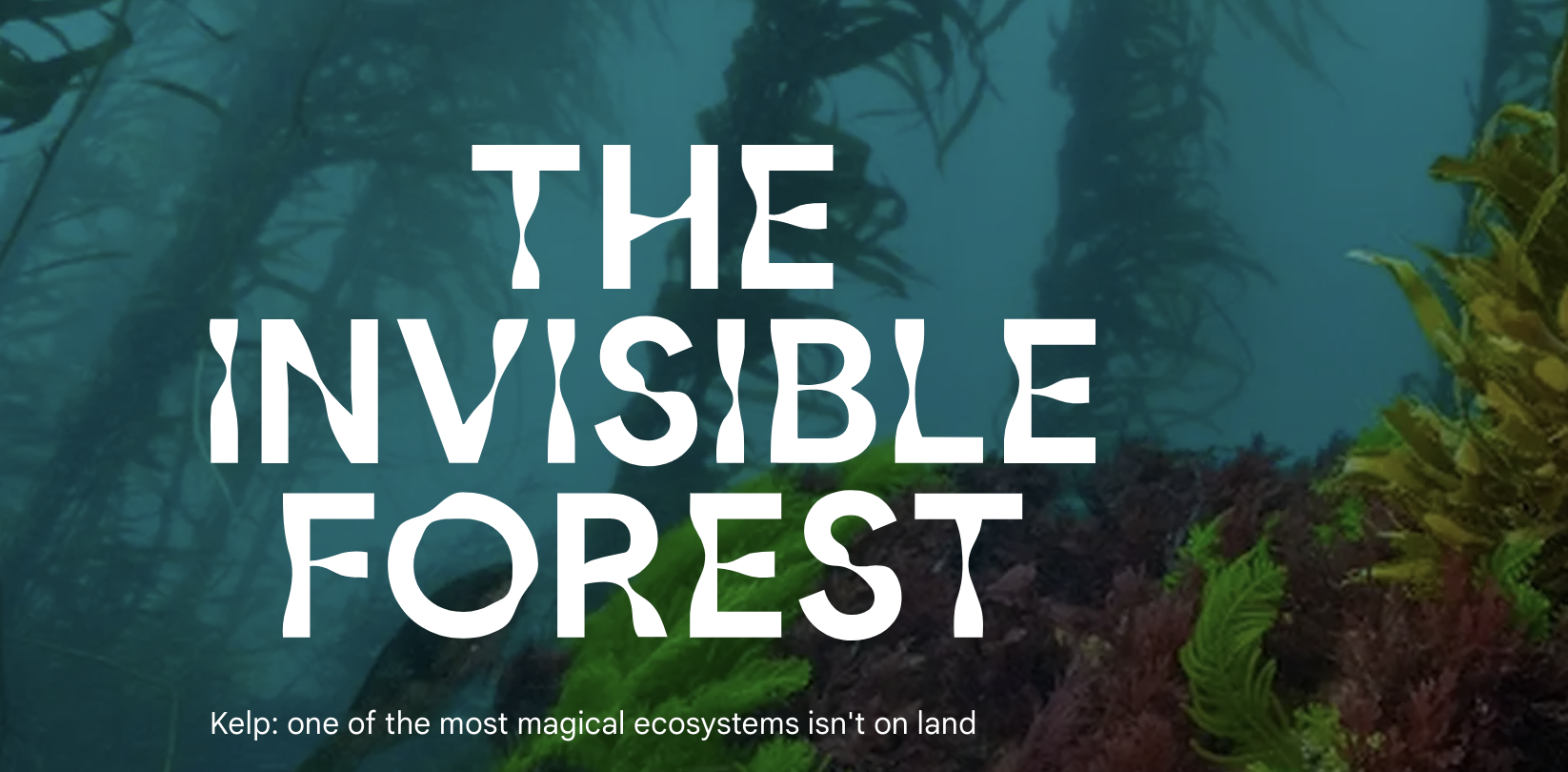
Collection
Google's Digital Future Initiative
The Digital Future Initiative builds on Google’s work in Australia over the last two decades. It's a $1 billion investment over five years...

Collection
The Digital Future Initiative builds on Google’s work in Australia over the last two decades. It's a $1 billion investment over five years...